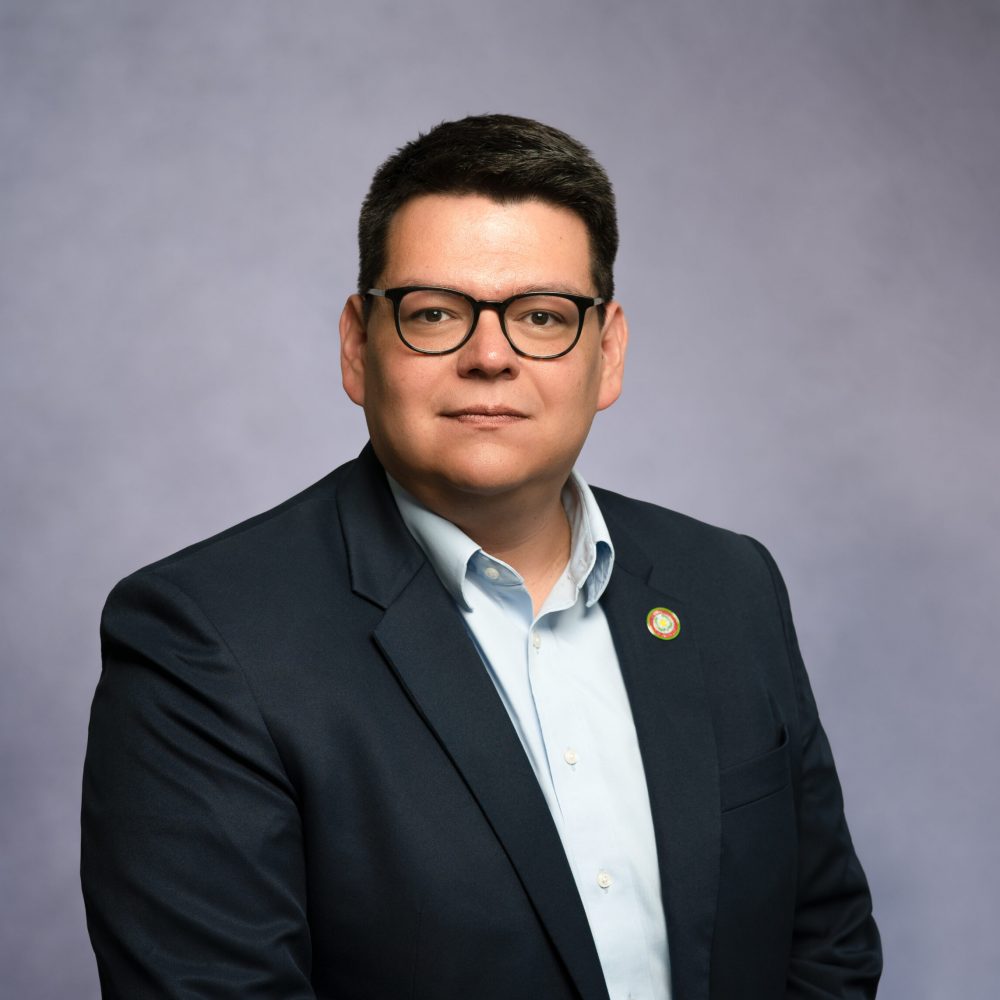
Officer – Economic Opportunity
[email protected]
Cory M. Blankenship, a member of the Eastern Band of Cherokee Indians, has served his tribe and community for over a decade through various positions within the Treasury Division – Office of Budget & Finance. Most recently, Cory served as the tribe’s Secretary of the Treasury, overseeing daily financial operations, tribal investments, and tribal economic diversification efforts. He also served on various boards and committees, including Tribal Planning Board, Balsam West FiberNet, and the EBCI Investment Committee. Cory serves as a board member of EBCI Holdings, LLC, an economic diversification entity of the tribe, where he serves as the chair of the Finance and Strategy Committee.
In addition to his roles with the tribal government, Cory also serves on various boards of directors for local non-profit organizations providing for his tribal community and surrounding areas. This service includes the Cherokee Historical Association, the Museum of the Cherokee Indian, and the Madison Hornbuckle Children’s Cancer Foundation. He is also a past president of the Cherokee Boys Club.
Cory is a third-generation alumnus of North Carolina State University, where he graduated in 2006 with a bachelor’s degree in political science. At NC State, he was the recipient of the Park Scholarship and volunteers in the application review and selection process annually. Cory also earned a master’s of public affairs degree from Western Carolina University in 2011 and a master’s of jurisprudence in federal Indian law from the University of Tulsa College of Law in 2013.
Cory and his wife, Jade, reside in the Big Cove Community of the Qualla Boundary (Cherokee Indian Reservation) with their five sons; Elias, Kellin, Kai, Obie, and Baker.
Address:
890 Hendersonville Rd
Asheville, NC 28803
Mailing:
890 Hendersonville Rd
Asheville, NC 28803
Join our mailing list to receive updates on our latest news, funding opportunities, and more.
© 2024 Dogwood Health Trust. All rights reserved.

Support programs and networks that reduce deaths, treat addiction, and prevent first use

Help reduce disparities based on race, location, education and income factors

Invest in integrated heath care with seamless connections to supportive services

Support communities that promote healthy living and resiliency and help mitigate the impact of trauma, isolation and stress on individuals and families, especially those experiencing poverty

Support a well-funded, sustainable, competitive entrepreneur and small business ecosystem throughout the region
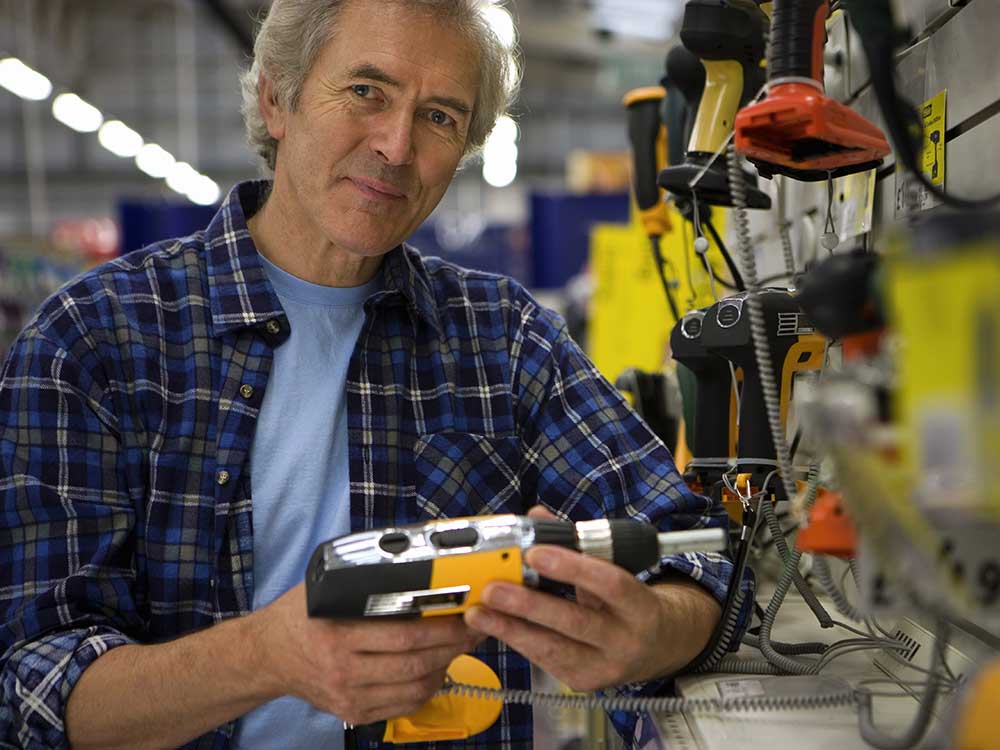
Help build a regional economic ecosystem that supports increased creation/retention of jobs and business ownership

Help build a skilled workforce with the knowledge and technical abilities to excel in a wide range of industry employment opportunities that provide a competitive, sustainable wage

Source, analyze and share a comprehensive, county-by-county data set that paints a full picture of work readiness, economic development and entrepreneurial needs and opportunities specific to Western North Carolina

Work in tandem with Economic Opportunity Strategic Priority to invest in career readiness at the community college and university levels

Support K-12 learning experiences with the resources and sustainability to provide an excellent academic and social-emotional education, so that all students graduate ready for college or career

Invest in an improved early childhood education ecosystem with the resources and sustainability to provide developmentally appropriate, affordable and accessible education and care to support ages birth to five, so that all children in WNC enter kindergarten ready to learn

Source, analyze and share a comprehensive set of publicly available data that provides a regularly updated, county-by-county picture of access, workforce and student outcomes in early childhood education and K-12 education specific to Western North Carolina
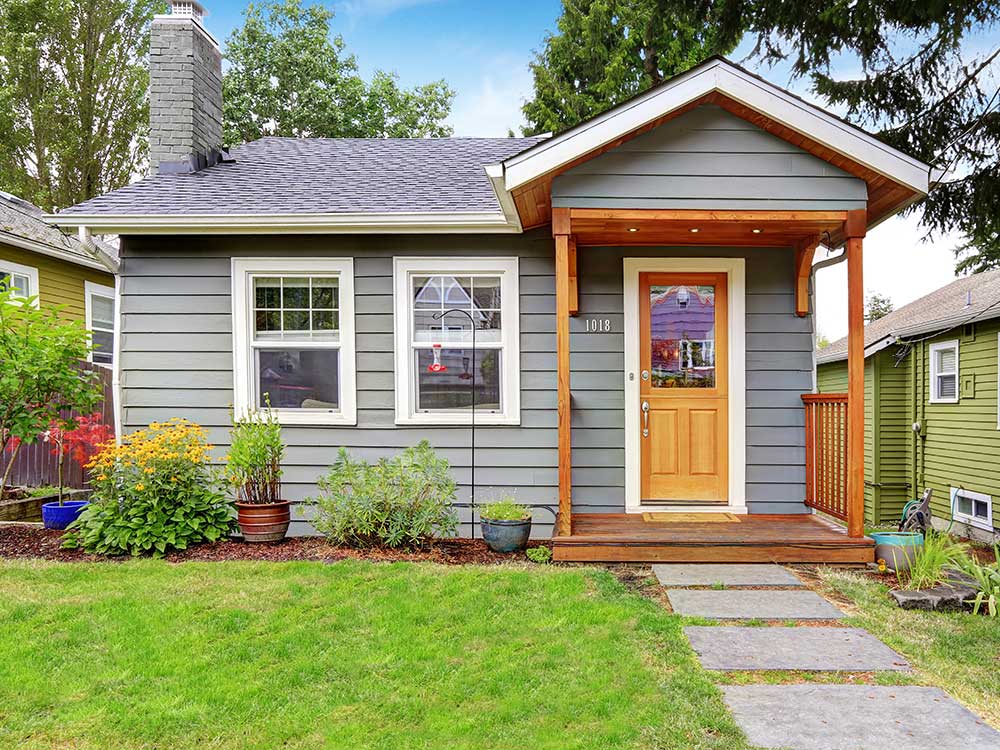
Loans, guarantees, and other financial tools to leverage funding opportunities

Increase affordable housing for lowest-income individuals and families
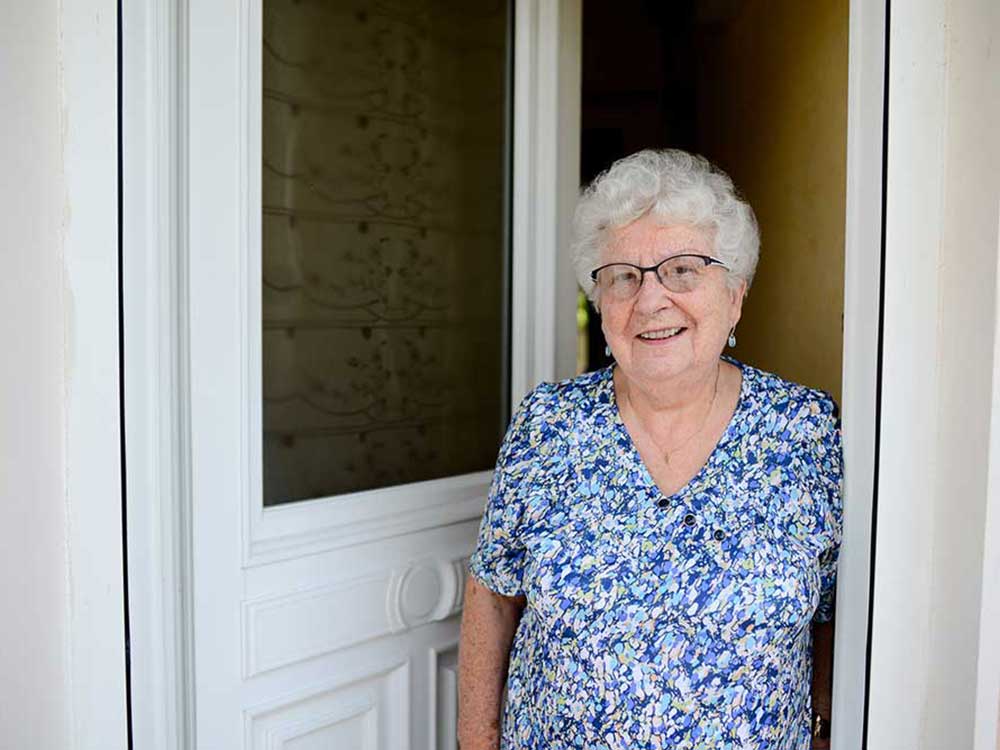
Support age-appropriate resources in affordable and workforce units, rental and owned
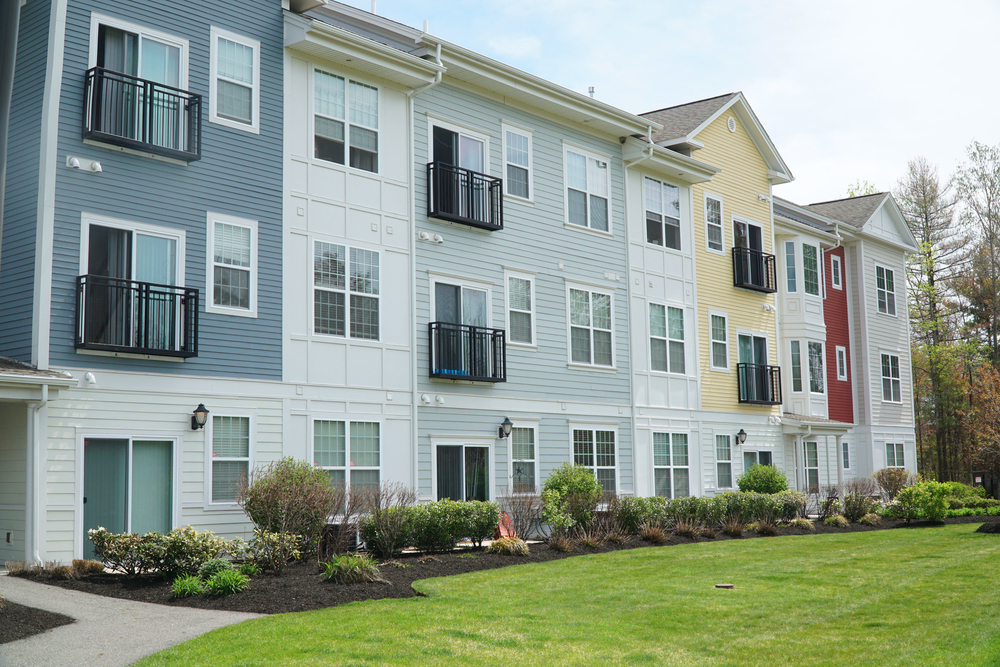
Invest in housing with sustainable supports for physical and mental health and wellbeing
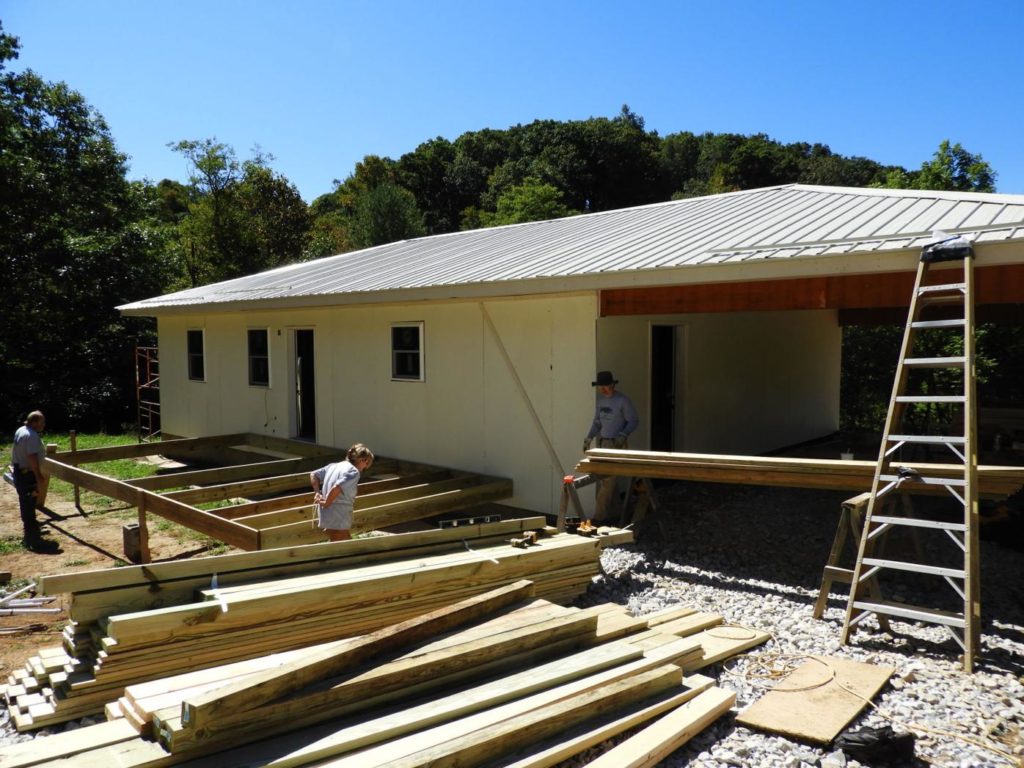
Support healthy and safe revitalizations that work against displacement and gentrification, preserve home ownership and create generational wealth.